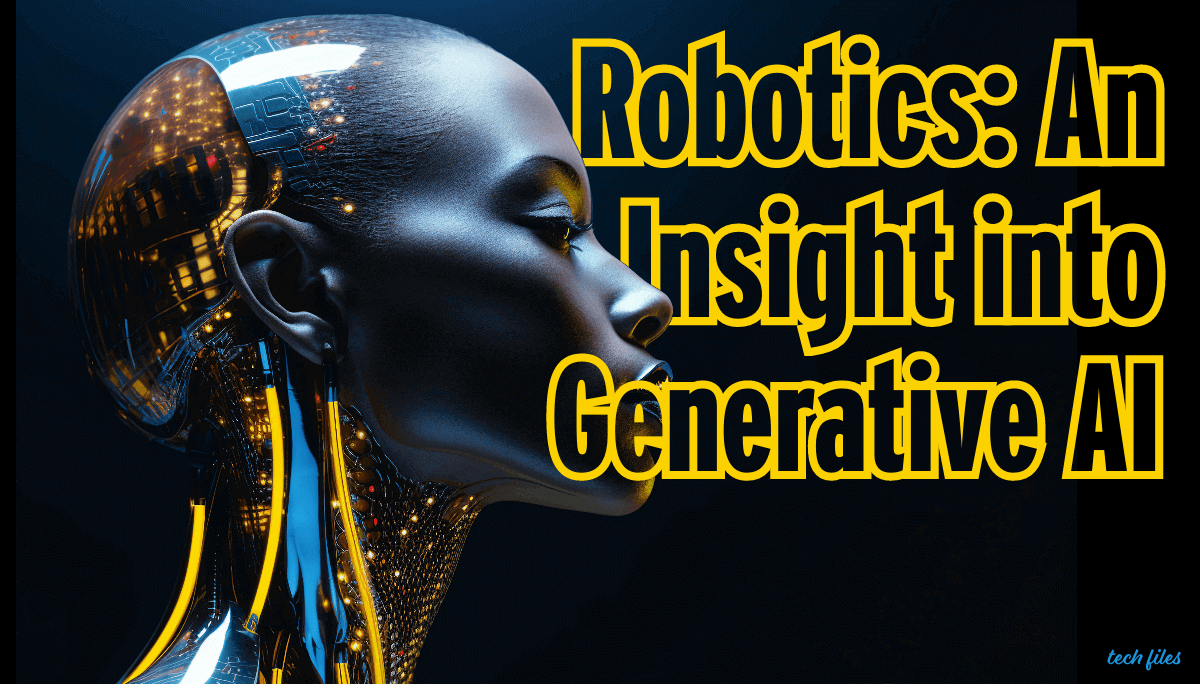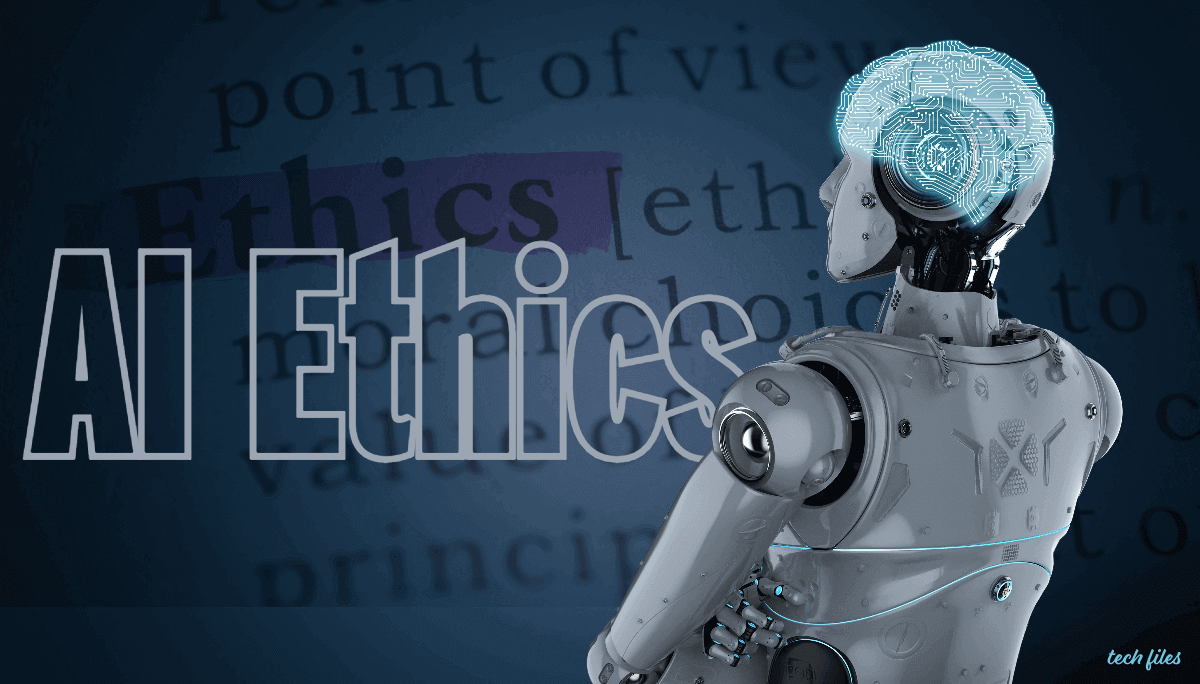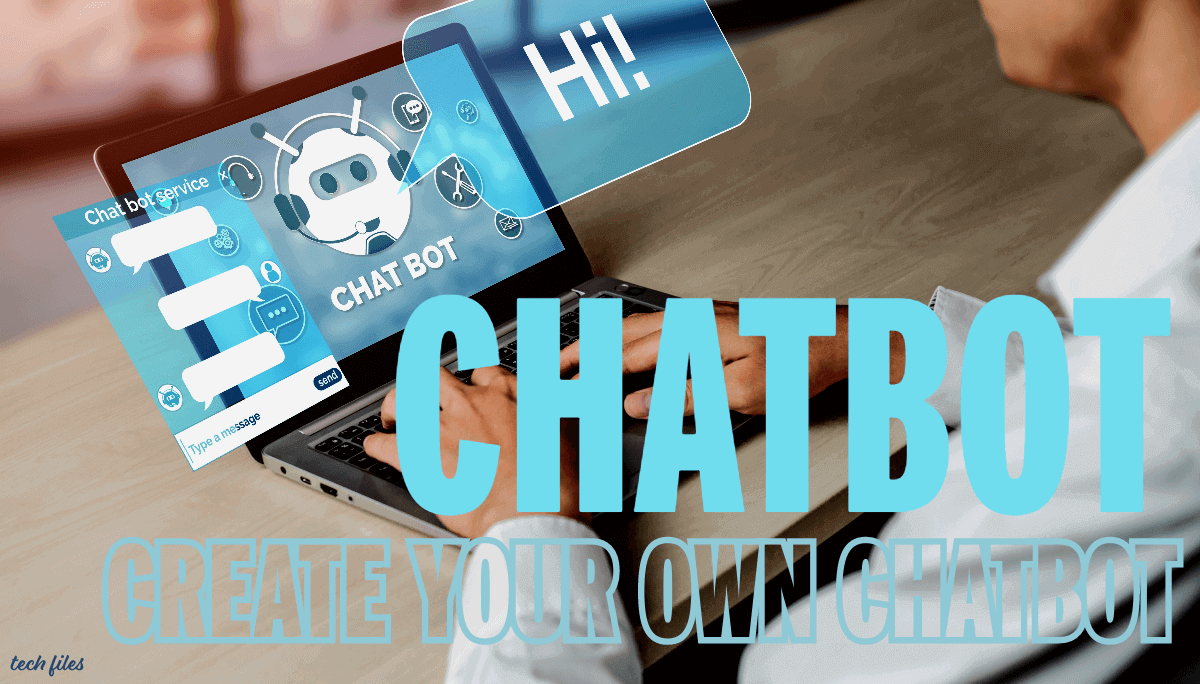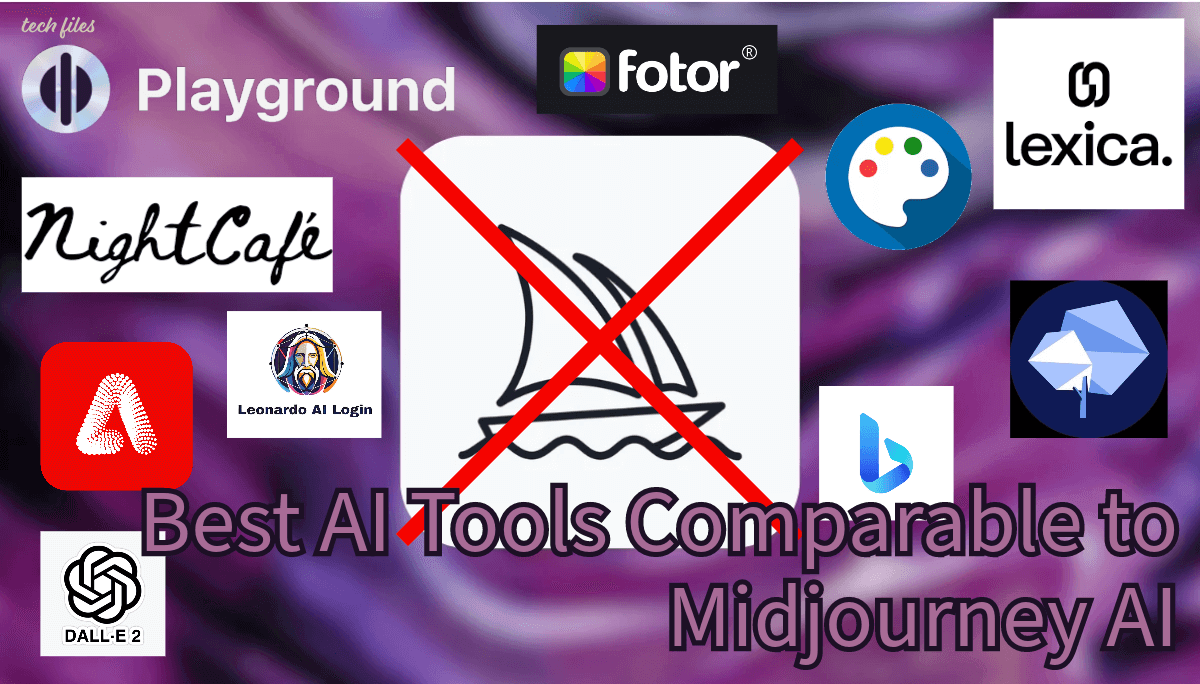Decoding Robotics: An Insight into Generative AI

Generative Artificial Intelligence (AI), a ground-breaking innovation, is redefining the landscape of robotics. This sophisticated technology is propelling advancements in creativity, adaptability, and problem-solving in robotics, opening up a realm of unprecedented possibilities. Let’s delve into how roboticists are harnessing the potential of generative AI to shape the future of robotics.
Generative AI – A Game-Changer in Robotics
Generative AI, encompassing technologies like Generative Adversarial Networks (GANs) and Variational Autoencoders (VAEs), is more than just a trending phrase in the AI world. It has become an essential arsenal for roboticists striving to augment robotic capabilities.
Revolutionizing Robotics with Generative AI
Roboticists are integrating generative AI to catalyze the creative and adaptive prowess of robots. Leveraging GANs, robots can generate data, imitate human behaviors, and even produce images convincingly. These abilities elevate the versatility of robots, paving the way for innovative applications across diverse sectors, including healthcare and manufacturing.
Generative AI equips robots with the capacity to adapt to real-world challenges, learn from their experiences, and resolve problems with unprecedented creativity. This represents a momentous stride towards achieving more autonomous and capable robots.
Igniting Creativity in Robots
Robots have transitioned from being rigid, programmed machines to creative problem-solvers. This transformation is largely attributed to the integration of generative AI.
Unleashing the Power of Creativity in Robotics
Roboticists are exploring the potential of generative AI to augment a robot’s creativity and adaptability. Envision a robot that can generate innovative solutions to complex problems spontaneously. Thanks to generative AI, this vision is rapidly becoming reality.
One captivating application is in the realm of art and design. Robots, powered by generative AI, can create original artworks – from paintings to sculptures. They learn from existing artworks, blend styles, and produce unique masterpieces, blurring the boundaries between human and machine creativity.
Beyond art, robots are learning to think creatively and suggest unconventional solutions in fields like engineering and problem-solving. This ability is invaluable in industries where innovation is the key to maintaining a competitive edge.
Simulated Environments for Effective Training
A fundamental aspect of robotics development involves training and testing in realistic scenarios. Generative AI is instrumental in creating these simulated environments, offering a safe and efficient way to equip robots for real-world challenges.
Leveraging Simulated Environments
Generative AI enables roboticists to construct simulated worlds where robots can learn and train without real-world consequences. These environments mirror the complexities of the physical world with such precision that they serve as effective training grounds.
In these simulated environments, robots can practice tasks, learn from their mistakes, and adapt to various scenarios. From autonomous vehicles navigating virtual streets to robotic arms assembling products, the training possibilities are limitless and diverse.
Robots Learning from Human Behavior
The ability of robots to learn from and emulate human behavior is an exciting frontier in robotics. Generative AI is making this possible, opening a new chapter in human-robot interaction.
Robots That Mimic Human Actions
Roboticists are venturing into the realm of generative AI to enable robots to learn and replicate human actions. This goes beyond mere imitation; it’s about understanding and adapting to the intricacies of human behavior.
For instance, in healthcare, robots can observe and mimic the delicate movements of a surgeon’s hand during a procedure. In manufacturing, robots can learn to assemble intricate components by observing skilled human workers. These applications revolutionize industries by enhancing precision and efficiency.
Addressing Challenges in Generative AI Applications
The integration of generative AI in robotics holds immense promise, but it also presents a set of challenges and limitations, which roboticists are actively addressing.
Data Requirements and Collection
Generative AI operates effectively on vast amounts of data. Robots need to be trained on extensive datasets to learn and mimic human actions, create simulations, and generate creative solutions. Gathering and managing this data can be a complex and resource-intensive process.
Roboticists are continually innovating in data collection methods, utilizing sensors and cameras to improve data augmentation techniques. These efforts aim to make data acquisition more efficient and comprehensive.
Training and Fine-Tuning
The training of robots with generative AI involves a complex process. It requires fine-tuning models, running simulations, and refining algorithms. The need for extensive computational resources and time-consuming iterations can be a limiting factor in implementing generative AI in robotics.
Researchers are developing more efficient training processes and algorithms to overcome these obstacles. They are also exploring methods to transfer knowledge from one task to another, thus reducing the need for repetitive training.
Safety Concerns
As robots become more autonomous and creative, safety becomes a paramount concern. Ensuring that robots do not pose risks to humans or property is a significant challenge. Roboticists are developing safety protocols, implementing fail-safes, and constantly monitoring robotic behavior to minimize potential risks.
Real-World Applications of Generative AI in Robotics
Generative AI is not confined to research laboratories; its impact is tangible in real-world applications across various industries.
Healthcare
In the healthcare sector, robots are collaborating with medical professionals. Surgical robots, driven by generative AI, assist surgeons with delicate procedures, enhancing precision and minimizing invasiveness. They can learn and mimic the surgeon’s movements, making surgery safer and more efficient.
Manufacturing
The manufacturing industry is experiencing a revolution with generative AI. Robots are mastering complex assembly tasks, thanks to their ability to learn from human workers. This is streamlining production processes, reducing errors, and increasing efficiency.
Autonomous Vehicles
Generative AI is the backbone of self-driving cars and drones. These vehicles navigate through simulated and real environments with remarkable accuracy. They can adapt to changing conditions, making autonomous transportation a reality.
Space Exploration
Even the realms of space exploration benefit from generative AI. Robots and rovers on distant planets are equipped with generative AI algorithms that enable them to autonomously explore and analyze their surroundings.
Entertainment
From animatronics in theme parks to creative storytelling, generative AI is adding a touch of magic to entertainment. Robots are becoming more interactive and entertaining, captivating audiences in new ways.
Agriculture
Generative AI-powered robots are improving farming practices. They can identify and selectively harvest crops, reducing waste and increasing agricultural efficiency.
The Future of Robotics and Generative AI
The journey of robotics and generative AI is an ever-evolving one. What lies ahead promises to be nothing short of remarkable.
Shaping the Future
Generative AI is set to play an increasingly pivotal role in robotics. As the technology continues to advance, we can expect robots to become more intelligent, creative, and versatile. They will not only complete predefined tasks but adapt and solve problems in real-time, making them invaluable in dynamic environments.
The integration of generative AI will blur the lines between automation and autonomy, opening up new frontiers in industries such as healthcare, manufacturing, and transportation. We are on the cusp of a revolution that will reshape the way we live and work.
Collaboration and Innovation
The future of robotics and generative AI depends on collaboration and innovation. Roboticists, researchers, and engineers must work together to overcome challenges, push boundaries, and ensure the responsible development of this transformative technology.
It is an exciting time for anyone interested in robotics and generative AI. By staying updated on the latest developments and research, one can be part of the wave of innovation that will define the future.
Overcoming Data Challenges
One of the primary challenges in implementing generative AI for robotics is the demand for extensive data. Collecting, managing, and utilizing this data efficiently is a complex task that roboticists are actively addressing.
Data Augmentation and Collection
The hunger for data in generative AI can be insatiable. To meet this demand, roboticists are exploring data augmentation techniques. By enhancing existing datasets and simulating scenarios, they can expand the available data for training robots.
Additionally, innovative data collection methods are being developed. Sensors, cameras, and other data-gathering tools are becoming more sophisticated, enabling more comprehensive and accurate data collection.
Efficient Data Utilization
While having ample data is critical, making the most of it is equally important. Roboticists are developing algorithms that can learn efficiently from the available data, reducing the need for extensive datasets and speeding up the training process.
The goal is to make data utilization more sustainable, allowing robots to become proficient with fewer resources and in less time.
Generative AI Algorithms for Robot Training
Generative AI algorithms form the backbone of robot training. They are the engines that power the creative and adaptive abilities of robots.
The Role of Generative AI Algorithms
Roboticists are leveraging a variety of generative AI algorithms to train robots. These algorithms are the driving force behind a robot’s ability to generate data, mimic human actions, and learn from their experiences.
Generative Adversarial Networks (GANs) are commonly used for image generation and style transfer. They allow robots to generate images, understand artistic styles, and create original content.
Variational Autoencoders (VAEs) play a vital role in data compression and reconstruction. They enable robots to represent complex data in a more efficient form, making it easier to process and learn from.
Ethical Considerations
As we witness the remarkable advancements in generative AI and its integration into robotics, it’s imperative to address the ethical considerations surrounding these developments.
The Ethical Landscape
The rise of generative AI in robotics raises ethical questions related to transparency, bias, and accountability. When robots learn from human behavior, how can we ensure that they do so without perpetuating existing biases or engaging in unethical actions?
Transparency is a significant concern. Understanding how generative AI algorithms make decisions and generate content is crucial for ensuring that the robots’ actions align with ethical standards.
Responsible Development
Roboticists and AI researchers are taking a responsible approach to the development of generative AI-powered robots. They are working on guidelines, ethical frameworks, and regulatory standards to ensure that this technology benefits society without causing harm or ethical dilemmas.
The ethical considerations in generative AI for robotics are a complex but necessary dimension of this evolving field. By taking these into account, we can ensure the responsible growth and development of this transformative technology.
Conclusion
The integration of generative AI in the field of robotics is not merely a technological advancement; it’s a transformation. Roboticists are reimagining the capabilities of robots, pushing them to be more creative, adaptable, and intelligent than ever before.
As we step into the future, generative AI will continue to shape the world of robotics. Robots will become integral parts of our lives, contributing to industries, transportation, healthcare, and exploration in ways we couldn’t have imagined. However, this transformation is not without its challenges, particularly in terms of data, training, and ethics. Responsible development and ethical considerations are essential in ensuring that generative AI-powered robots benefit society without compromising our values.
The future of robotics and generative AI is exciting, and it hinges on collaboration, innovation, and ethical responsibility. Whether you’re a roboticist, a researcher, or simply curious about this evolving field, you have a role to play in shaping this future. The journey has just begun, and it promises to be extraordinary.













Sharing is caring!